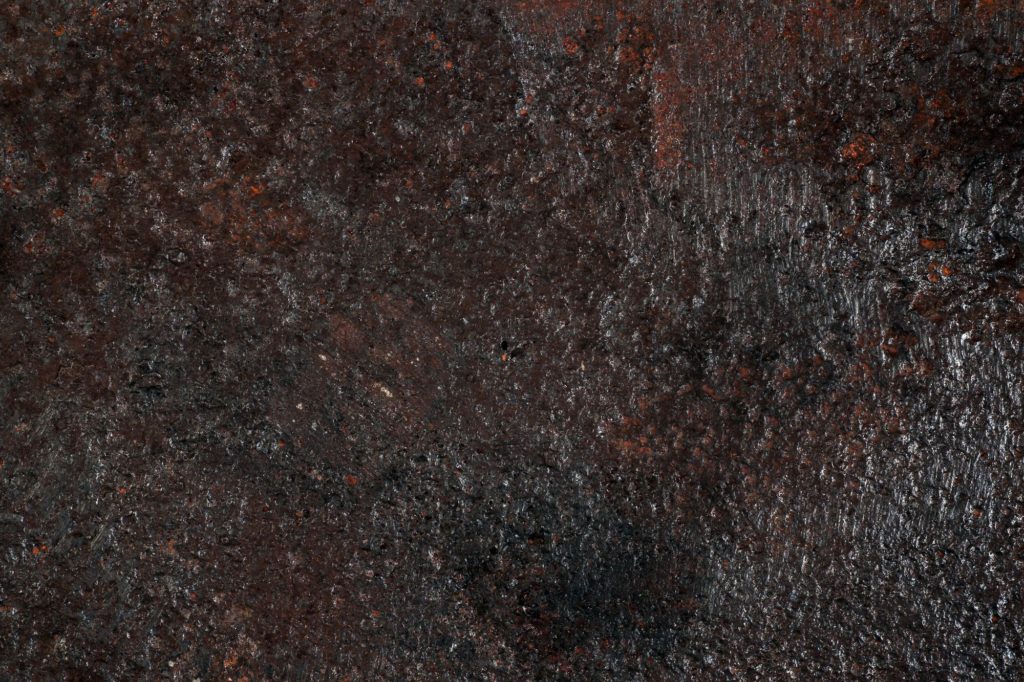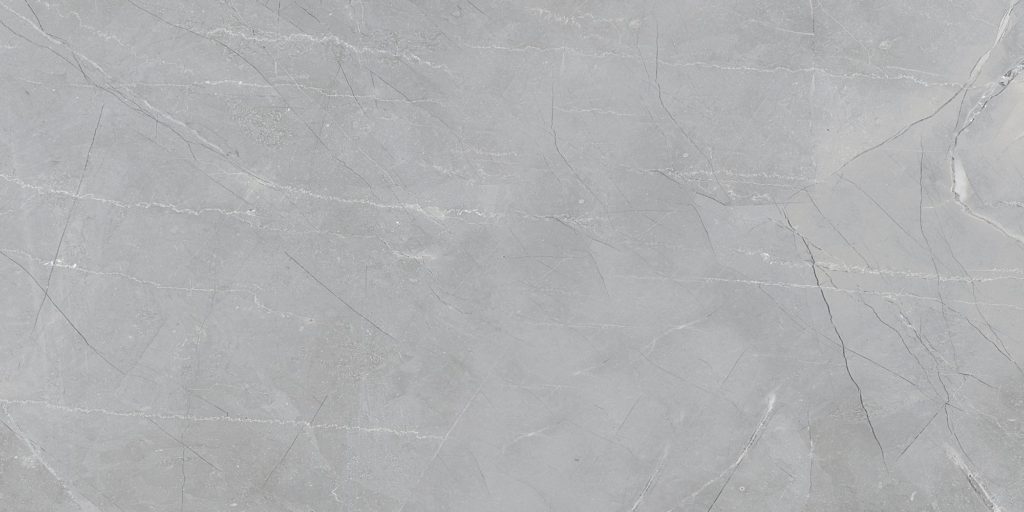Many of us love to relax and soak in a warm bath after a hard day. This becomes the reason for the installation of such a device, even in a small bathroom. Baths may differ from each other in shape, size, value, and other important specifications. These specs, in turn, depend on the personal preferences of the customer and the interior of the room. But in order for the bath to last a long time and meet specific requirements, it is worth considering all the available types of materials tubes are made of.
Before purchasing a bath, you should familiarize yourself with all materials, from cast iron to Quaryl™
In order to be as satisfied as possible with your choice, it is worth considering all possible options. For one buyer, price is key, for another, durability, and for a third, aesthetics. That is why it is important to familiarize yourself with the distinctive characteristics of different materials (What are the best bathtubs made of?).
CAST IRON
Cast iron bathtubs have been popular for decades. That is why this material is considered traditional, it has earned recognition from buyers and is quite reliable. The widespread use of cast iron baths can be explained by the presence of a number of advantages.
Advantages
One of the most important advantages of cast iron baths is their durability. This material is characterized by such qualities as reliability, classic design and resistance to mechanical damage. Also, cast iron has excellent thermal conductivity and retains heat for a long time. These bathtubs are easy to maintain, resistant to chemicals and have an anti-corrosion coating. Also, this option has an affordable price.
Flaws
In addition to the advantages, cast iron also has some disadvantages. First of all, this is weight. Baths made of this material can weigh about 120 kg, which complicates the process of transportation and installation. Such bathtubs are limited in a variety of shapes and are predominantly either rectangular or oval. Another disadvantage is that cast iron enamel is difficult to restore.
STEEL
In comparison with cast iron, steel baths are much lighter. Thanks to this factor, less costs are required for their transportation. In the plumbing market, steel bathtubs are in good demand, this is due to the presence of a number of advantages.
Advantages
The most significant advantage of steel baths is their low price. This material is the cheapest option. Also, steel has high thermal conductivity, due to which the bathroom heats up quickly enough. This is where the advantages of this material end.
Flaws
It is not for nothing that steel baths have the lowest cost, this is justified by the presence of significant disadvantages. As mentioned above, steel baths tend to heat up quickly, but they also cool down quickly, which is extremely inconvenient. They are also quite noisy, and with strong impacts, they can deform. Steel bathtubs require additional fastening since they can tip over due to their low weight.
ACRYLIC
Initially, the acrylic baths were of poor quality. They were of insignificant thickness, as a result of which they sagged under the weight of a person. But over time, manufacturers began to produce models of acrylic bathtubs of greater thickness. Thanks to this, the strength indicators and, of course, the price have increased.
Advantages
Acrylic, like steel, has a fairly low weight, thanks to which it is easy to transport and install the bathtubs. Unlike the previous ones, this material is sound-absorbing. It is characterized by the following qualities: resistance to damage, a variety of shapes and designs, the ability to maintain its original appearance for a long time, and antibacterial properties.
Flaws
Besides the advantages, acrylic also has disadvantages. At first, acrylic bathtubs can give off an unpleasant odor. It is non recommended to pour boiling water into such a bath. And also this material requires special care. It is not recommended to use powdered household chemicals or products containing solvents. Use soap and a sponge for cleaning, and wipe the tub dry at the end of the procedure.
A NATURAL STONE
Natural stone baths are distinguished by their sophistication and beauty. The most popular natural materials are marble, granite, and onyx. First of all, such baths are in demand due to the unique design, which was created by nature itself.
Advantages
The main advantage of natural stone is its unique design and natural pattern. Such a bathtub looks stylish and expensive. Natural stone has high sound insulation qualities, is resistant to temperature extremes, is environmentally friendly, and has bactericidal properties. It is low maintenance, durable enough, and has unlimited service lines.
Flaws
Of course, these baths are not without their drawbacks. The first and most important drawback that prevents the widespread use of such baths is the high cost. This disadvantage is fully justified by the presence of the aforementioned advantages. Natural stone bathtubs are heavy, and this complicates the process of transportation and installation. In addition, it is important to be careful during transportation in order to avoid unwanted chips. It is worth noting that some types of natural stones can fade or change their color over time.
CAST STONE
Casting stone is an artificial stone made from quartz sand, marble chips, gelcoat and polyester resin. These bathtubs imitate the beauty of natural marble.
Advantages
Cast stone bathtubs are quite reliable and durable. Compared to bathtubs that are made from natural stone, these have a wider variety of shapes, sizes and colors. The following qualities are characteristic of artificial stone: resistance to heavy loads, high and low temperatures, wear resistance, antibacterial properties and good noise absorption.
Flaws
Bathtubs that are made of artificial stone are quite heavy. Their surface requires careful handling and proper care. Injection baths are easily scratched, so do not bathe your pets in them. It is also not recommended to use abrasive or powder cleaners.
CERAMICS
Ceramics is a fairly popular material in the interior of the bathroom. It has a respectable appearance and attracts attention. Ceramics is one of the favorite materials used by designers.
Advantages
The peculiarity of ceramic baths is that they are presented in a wide variety of shapes, colors and designs. The surface of the ceramic baths is pleasant to the touch. This material is characterized by: environmental friendliness, ergonomics, strength, durability, ease of maintenance and bactericidal properties. In addition, over time, a ceramic bath does not lose its original appearance, a mold does not form on it, it does not turn yellow, and does not fade.
Flaws
Due to its advantages, ceramics have a high cost. This material requires careful handling, since it is quite fragile. That is why the installation of a ceramic bath must be done by a professional.
QUARYL™
The most modern material, it includes quartz and acrylic. Unlike acrylic bathtubs, this option is more reliable and stable, while retaining the positive characteristics of pure acrylic.
Advantages
Quaryl™ bathtubs have a high level of durability and, with proper care, will last for many years. Their surface is pleasant to the touch and can be refurbished. This material allows you to make bathtubs of different shapes, sizes and colors. Quaryl™ baths are characterized by the following qualities: attractive appearance, wear resistance, good sound insulation and thermal conductivity.
Flaws
Unlike acrylic bathtubs, Quaryl™ baths have a higher cost. When caring for them, you should avoid using aggressive cleaning agents. And also Quaryl™ can deform from exposure to high temperatures.

















